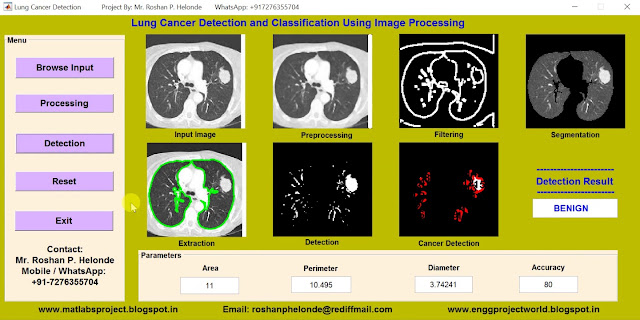ABSTRACT
PROJECT OUTPUT
PROJECT VIDEO
The detection and classification of plant diseases are the crucial factors in plant production and the reduction of losses in crop yield. This paper proposes an approach for leaf disease detection and classification on plants using image processing. The algorithm presented has three basic steps: Image Pre-processing and analysis, Feature Extraction and Recognition of plant disease. The plant disease diagnosis is restricted by person’s visual capabilities as it is microscopic in nature. Due to optical nature of plant monitoring task, computer visualization methods are adopted in plant disease recognition. The aim is to detect the symptoms of the disease occurred in leaves in an accurate way. Once the captured image is pre-processed, the various properties of the plant leaf such as intensity, color and size are extracted and sent to with Neural Network for classification.
PROJECT OUTPUT
PROJECT VIDEO
Contact:
Mr. Roshan P. Helonde
Mobile: +91-7276355704
WhatsApp: +91-7276355704
Email: roshanphelonde@rediffmail.com





































.png)


